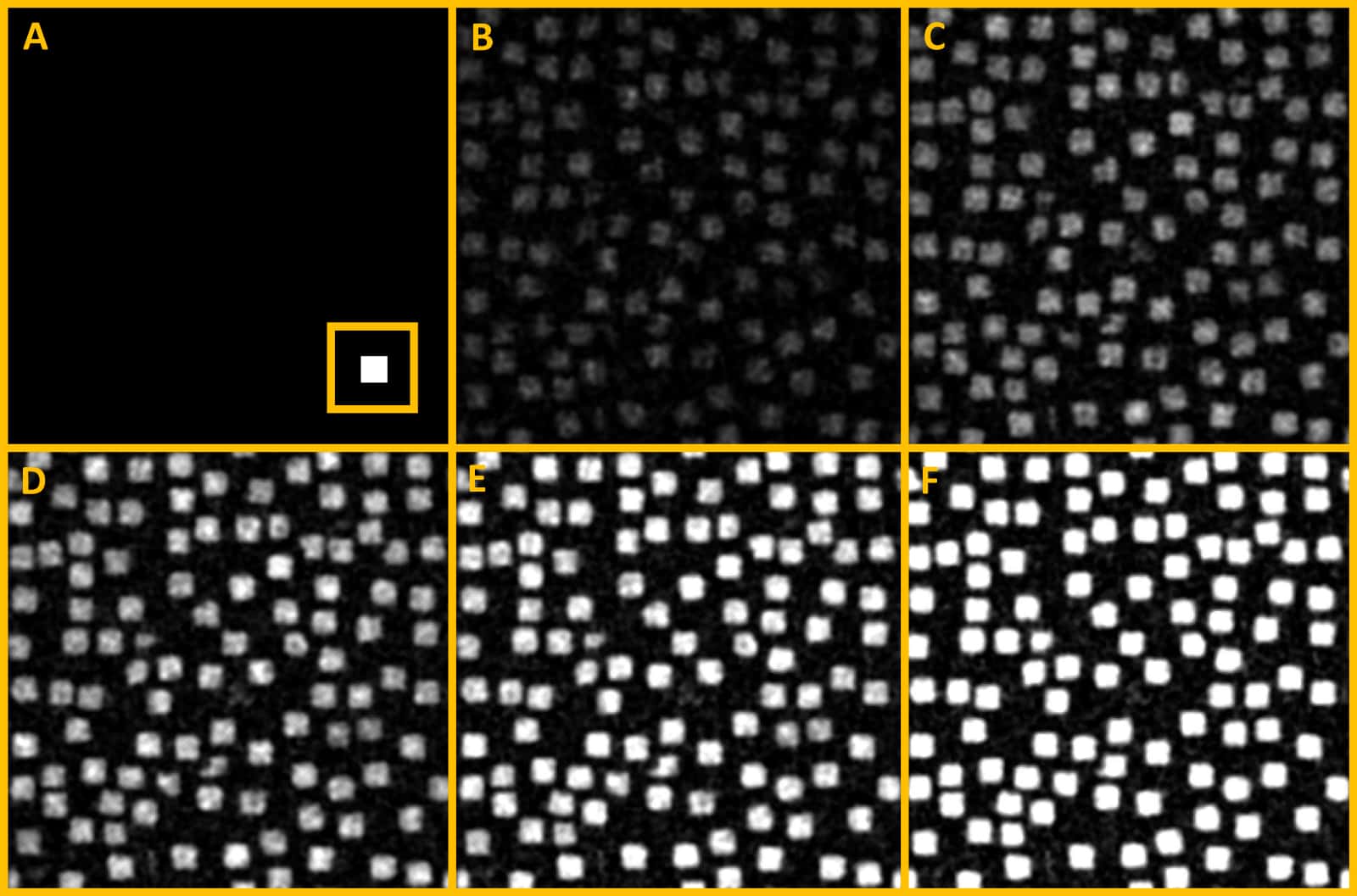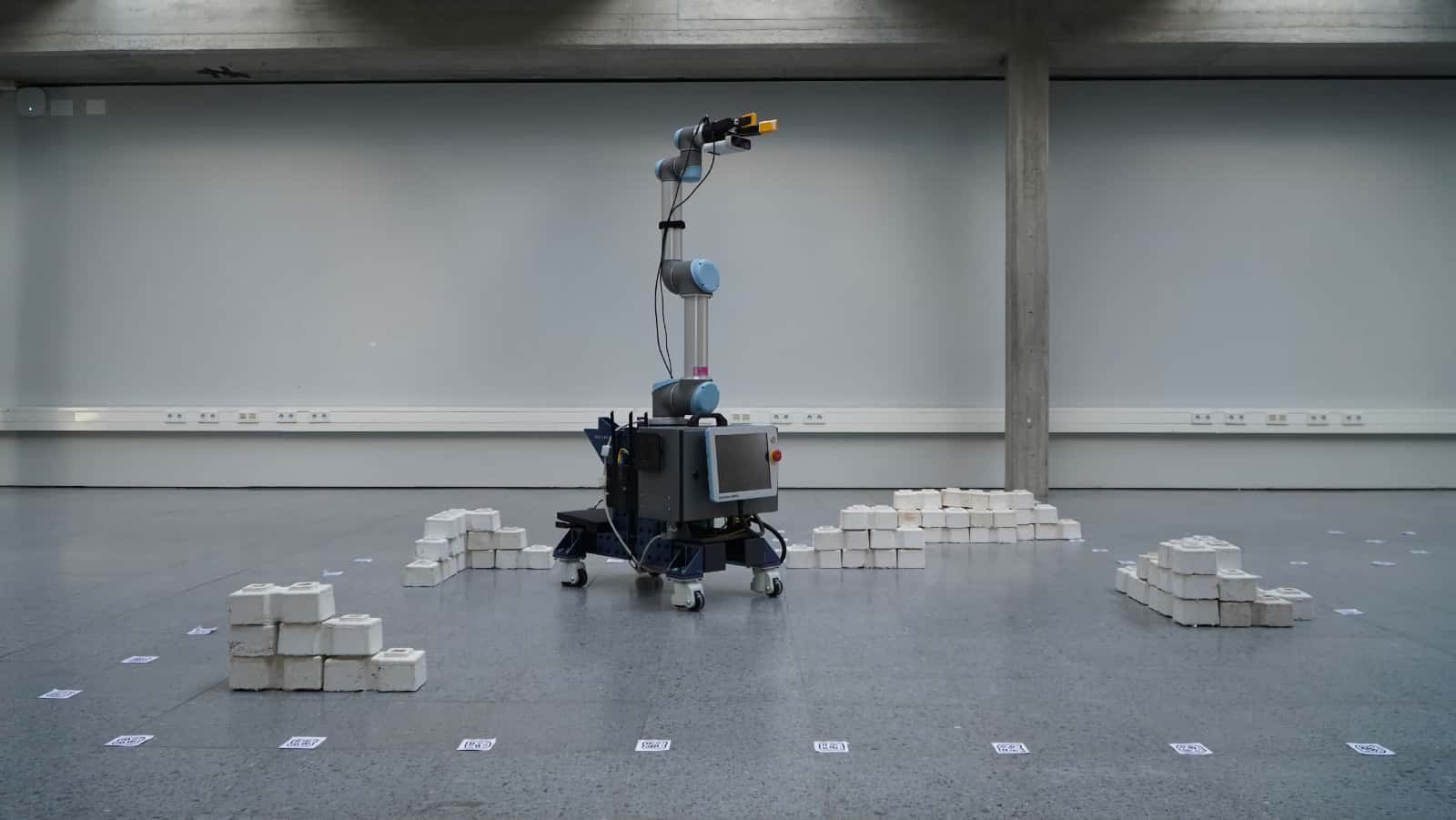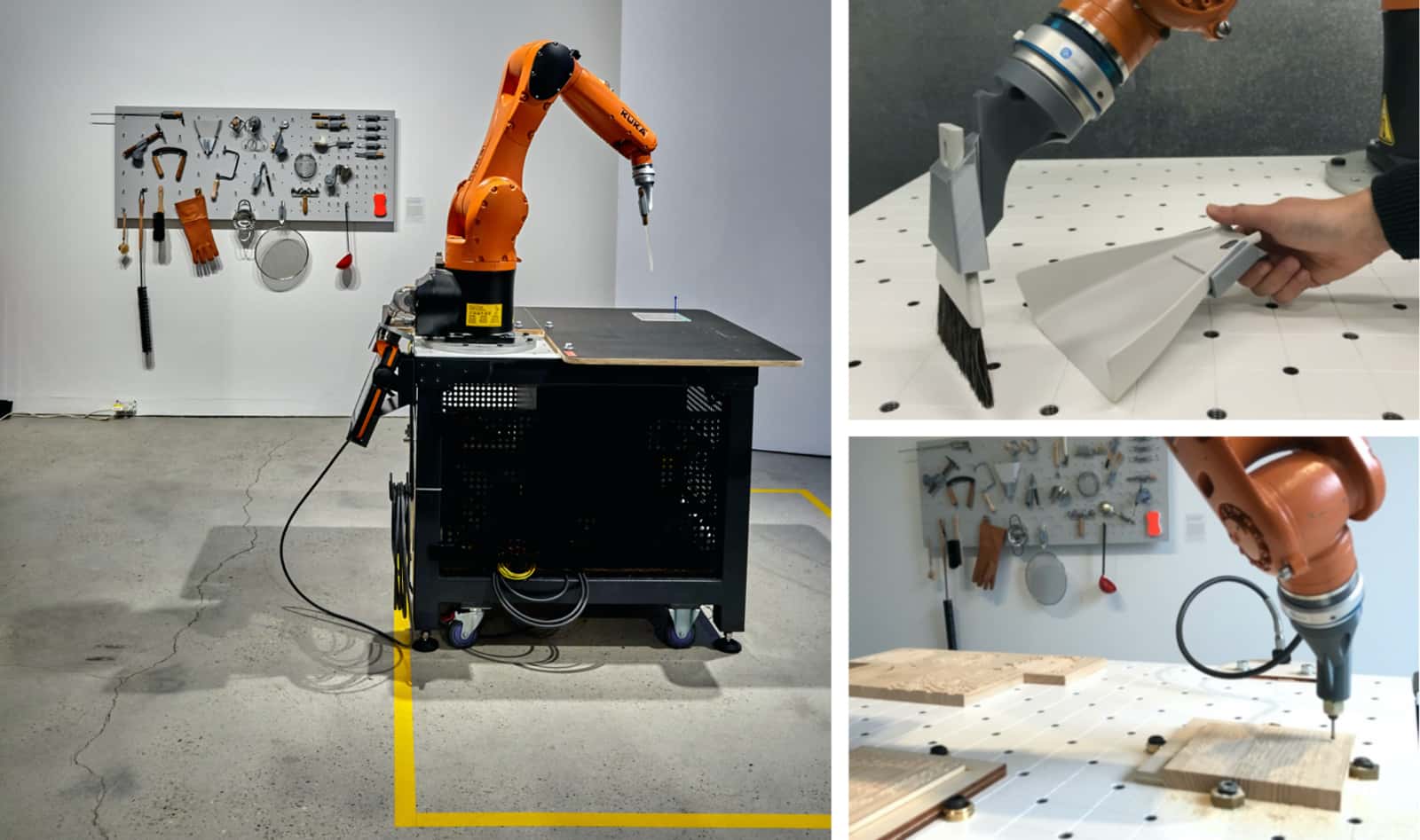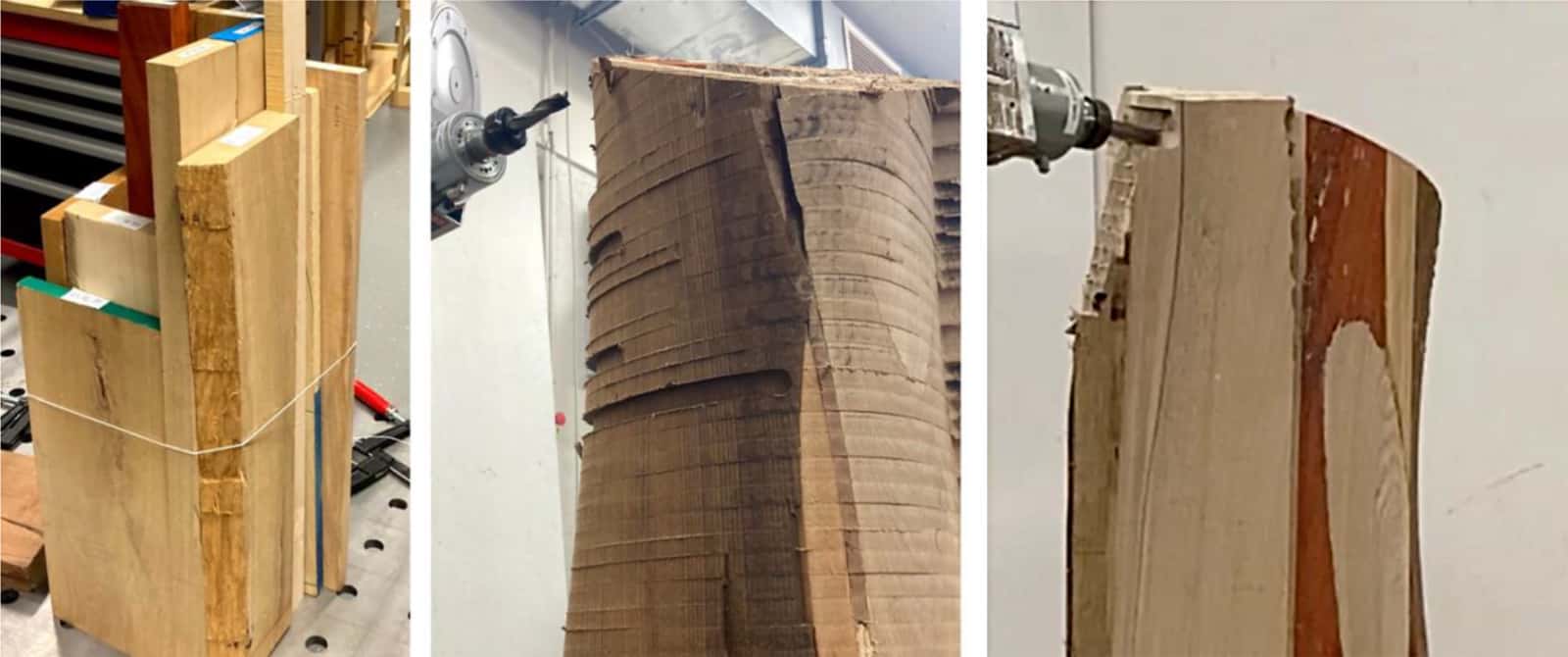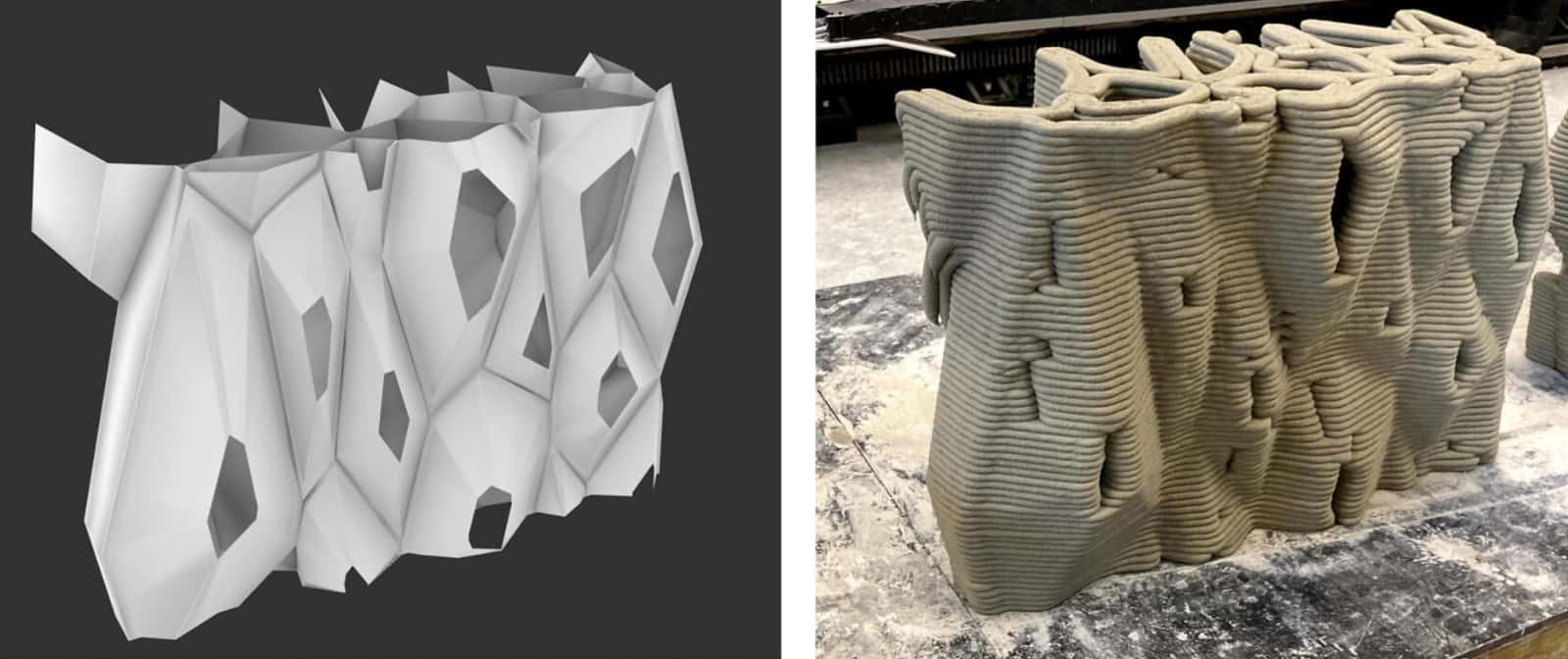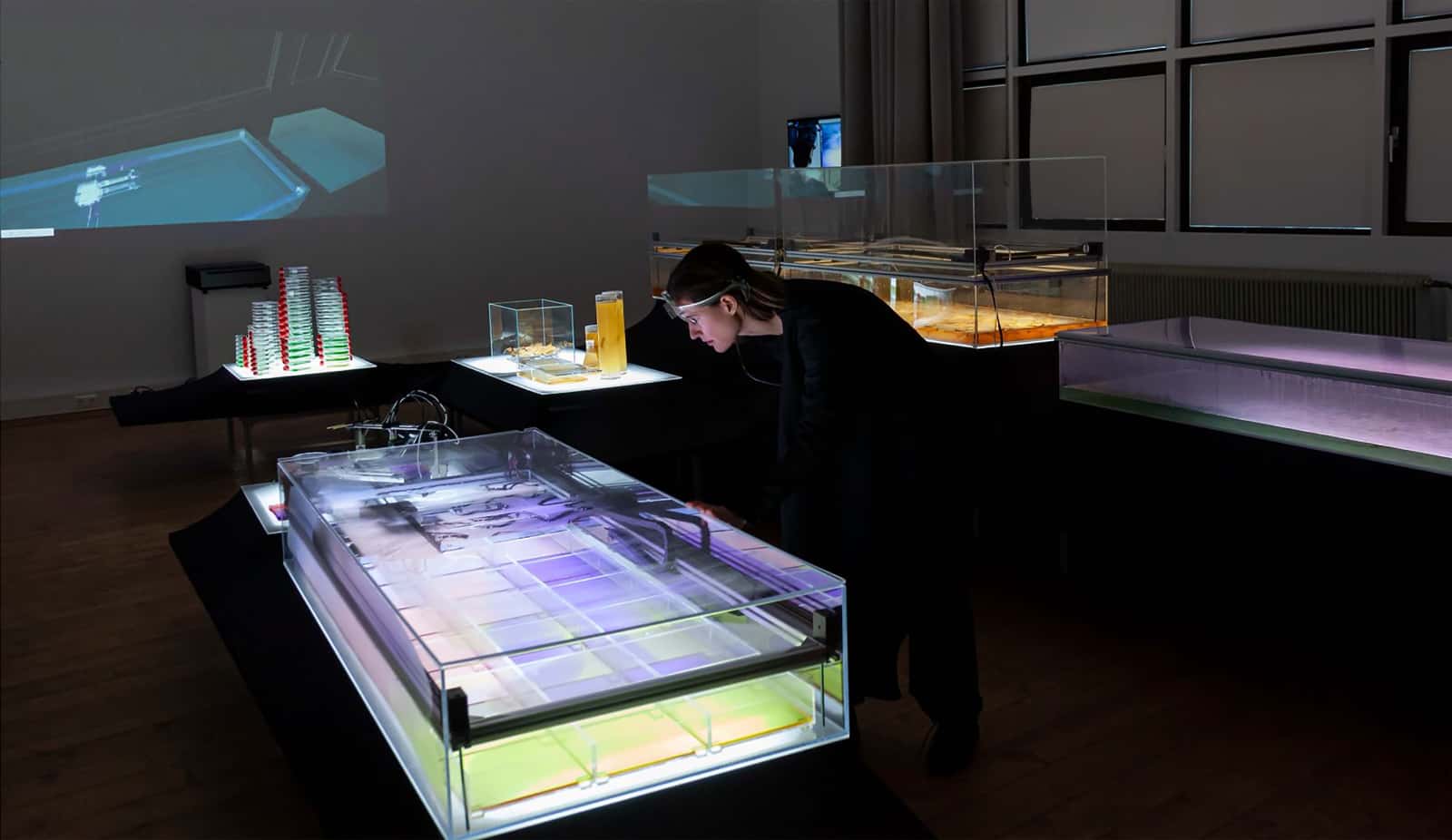
Human-Robot Intraction for Carbon-free Architecture
7 articles / 86 pages
ISBN 978-90-834383-1-3
Issue editors
Henriette Bier, TU Delft
Mirco Becker, Leibniz University Hannover
Jan Philipp Drude, Leibniz University Hannover
Editorial
-
The Spool CpA #6 issue on Human-Robot Interaction for Carbon-free Architecture reviews current tendencies in autonomous construction and human-robotic interaction in architecture. It aims at affirming and/or challenging research agendas in the domain of architectural robots and attempts to answer questions about (i) the fundamental framing of post-carbon autonomous construction, (ii) the interdependencies between machines, humans, and materials, and (iii) the different imple-mentation timeframes ranging from continuous transformation to leapfrogging.
Articles
-
There is an established idea – found in science fiction, architectural studios, and scientific papers alike – of stainable buildings crafted from bio-based materials, colonized by plant and animal life, and blending seamlessly into the natural surroundings. Such buildings might one day be built, maintained and remodelled by swarms of autonomous robots, allowing them to evolve in response to the changing needs of their inhabitants. Inspired by that vision, this paper contributes to the field of swarm intelligence with a focus on robotic construction and human-swarm interaction. Along with...
-
This paper presents a comparison of different workflows for mobile robotic fabrication using modular building blocks. Different localization, locomotion, and interlocking building systems strategies are tested and compared. The work is influenced by related research into ecosystems of building parts, design software, and builder robots to digitize the construction work. For localization, it compares LIDARs, reacTIVision, and ArUco markers. As a mobile platform, a MIR100 robot platform, a 3.3 m linear axis, and a manual trolly are used. Interlocking components such as wood slates,...
-
Industrial robotic arms commonly require specialist knowledge for machine functions. Specifically, training cobots for work sequences is time consuming and complex when task complexity increases, such as through differentiation in tool adaptations or work processes. This research explores robot versatility for a context of domestic environments (such as a kitchen/workshop), where work processes are approached as a hybrid scenario, with setup for integration of a tool variety whereby human-robot teams collaborate. The paper discusses a) novel workflows based on a palette of work tools...
-
The construction sector accounts for about 40% of material-, energy- and process-related carbon dioxide (CO2) emissions , which can be reduced by introducing data-driven Circular Economy (CE) approaches . For instance, Design-to-Robotic-Production (D2RP) methods developed in the Robotic building lab, at Technical University (TU) Delft are embedding data-driven systems into building processes. Their potential to contribute to sustainability through increased material-, process-, and energy-efficiency has been explored in several case studies that are presented in this paper. The...
-
This paper revisits existing pop-up typologies in architecture to identify opportunities for new shelter models to address current housing demands and future habitation requirements on Mars. It presents advancements in design to production methodologies based on computational and robotic techniques to meet current requirements and affordances while integrating sustainable and adaptive functionalities. The main goal is to advance pop-up architecture by developing methods and technologies for rapidly deployable on- and off-Earth habitats while addressing challenges of carbon-free...
Interview
-
Dialogues on Architecture, published in various issues of Spool CpA, is a series of dialogues between researchers and practitioners, who are embracing the intellectual model of high technology and are involved in its advancement and application in architecture. Dialog #6 presents discussions risen during an online symposium on challenges of the Architecture, Engineering and Construction (AEC) industry, which is facing a threefold challenge involving the (i) digital transformation of all design and planning processes, (ii) automation of construction processes, and (iii) reconsideration of...
